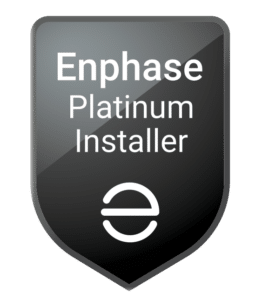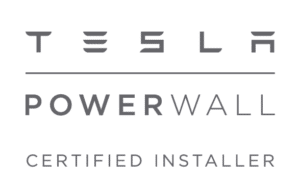In a time where energy security and sustainability are of paramount importance, solar power coupled with battery storage presents a robust solution for maintaining electricity supply during power outages. This combination not only enhances energy independence but also contributes to environmental sustainability. Here’s a closer look at how solar panels and battery storage systems work to keep your lights on when the grid goes down.
Understanding Solar Power Systems
Solar power systems convert sunlight into electricity using photovoltaic (PV) panels. These panels, typically installed on rooftops or in open fields, absorb sunlight and generate direct current (DC) electricity. An inverter then converts this DC electricity into alternating current (AC), which can be used to power homes and businesses. During daylight hours, a solar system can generate more electricity than a home consumes, allowing homeowners to send excess power back to the grid, often in exchange for credits on their electric bill.
The Role of Battery Storage
While solar panels can supply power during the day, they alone can’t provide electricity at night or during a power outage without a way to store energy. This is where battery storage comes in. Solar batteries store excess energy produced by solar panels during the day. Later, this energy can be used when solar panels aren’t producing electricity, such as at nighttime or during power disruptions.
How It Works During a Power Outage
During a power outage, a grid-tied solar power system without a battery will automatically shut off. This safety feature, known as anti-islanding, is designed to protect utility workers from electrical hazards as they repair the grid. However, with the addition of a battery storage system, solar installations can continue to function independently of the grid.
Energy Collection and Storage
- Daytime: Solar panels collect sunlight and convert it into electricity. Excess energy, instead of going to the grid, charges the battery.
- Nighttime or During Power Outages: The stored energy in the battery can be used to power essential home appliances and systems, from refrigerators to HVAC systems and lighting.
Advantages of Solar Plus Battery Storage
- Resilience: Provides a reliable source of backup power during emergencies, reducing dependence on the local power grid.
- Environmental Impact: Reduces carbon footprint by relying on a clean and renewable energy source.
Considerations Before Installation
Before installing a solar and battery storage system, consider the following:
- Initial Investment: The cost of solar and battery systems can be significant, though they often pay for themselves through energy savings and potential tax incentives.
- System Sizing: It’s crucial to size the system based on your typical energy usage and backup power needs. During a site assessment, a solar expert from My Generation Energy will be able to determine your energy needs and design a system that will help offset your energy costs.
- Maintenance: While solar panels require minimal maintenance, batteries have a lifespan and may need to be replaced after several years of service.
Conclusion
Solar panels combined with battery storage offer a promising solution for maintaining power during outages, contributing to energy independence and sustainability. By understanding how these systems work and considering your energy needs, you can make an informed decision about integrating these technologies into your home. With careful planning and investment, solar energy and battery storage can provide peace of mind and significant long-term benefits.





